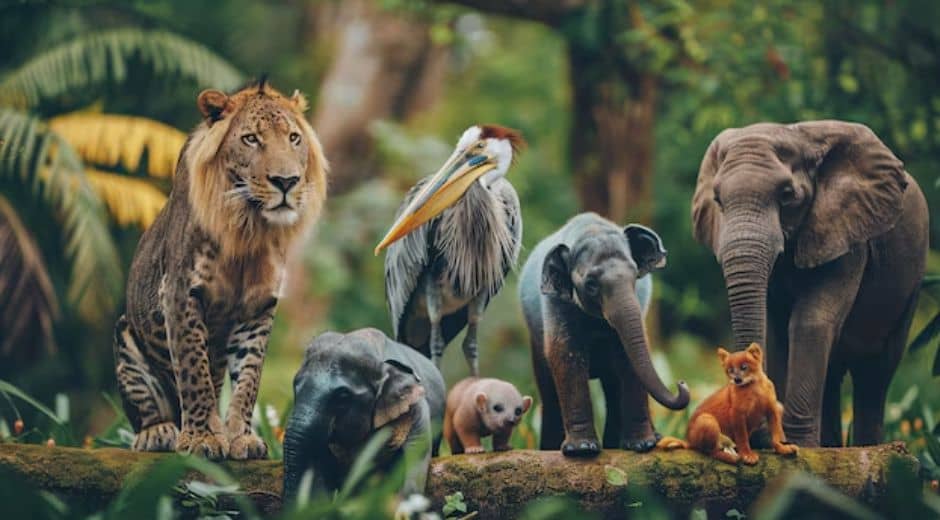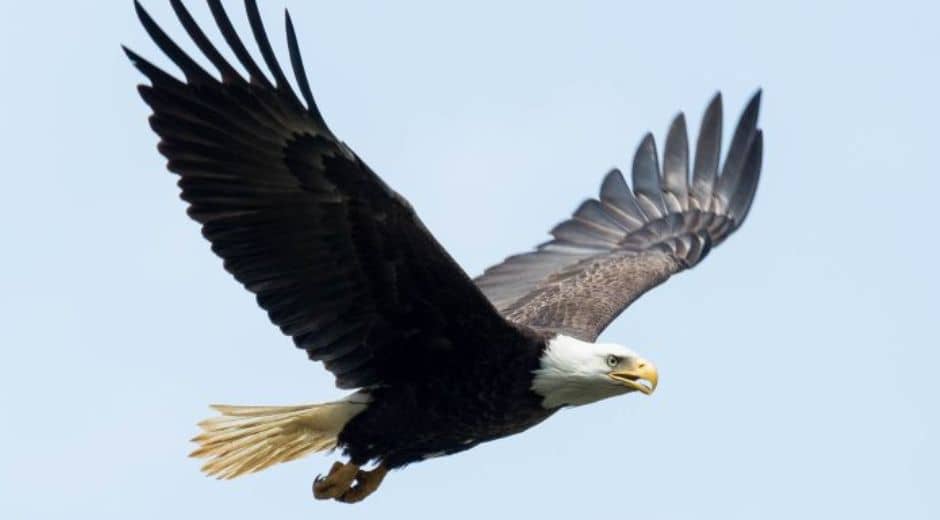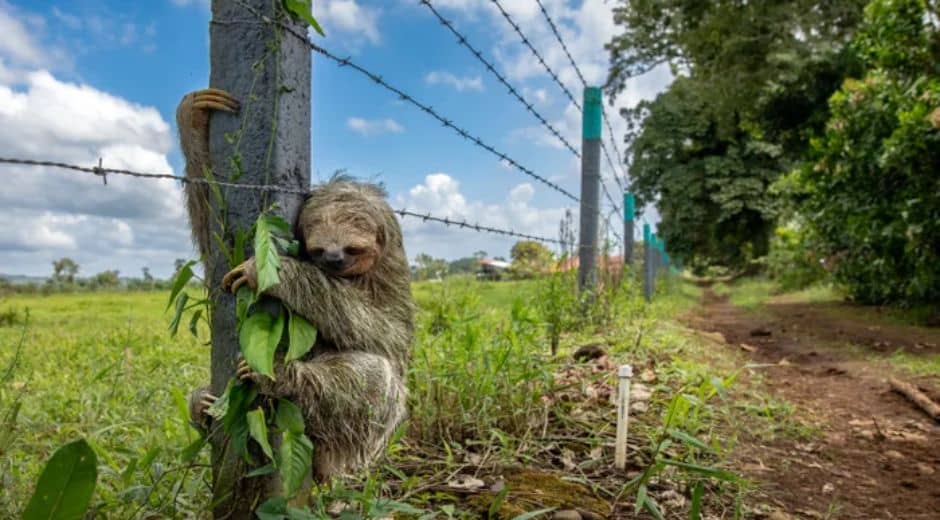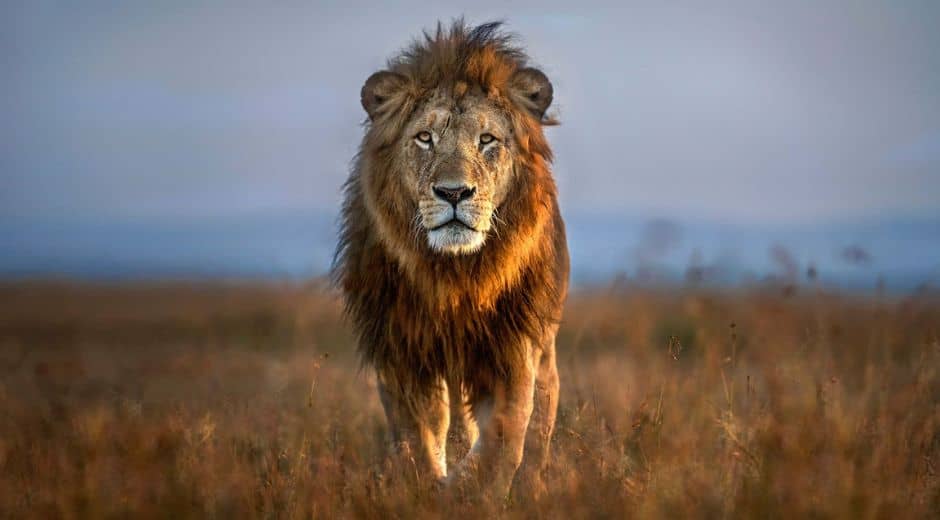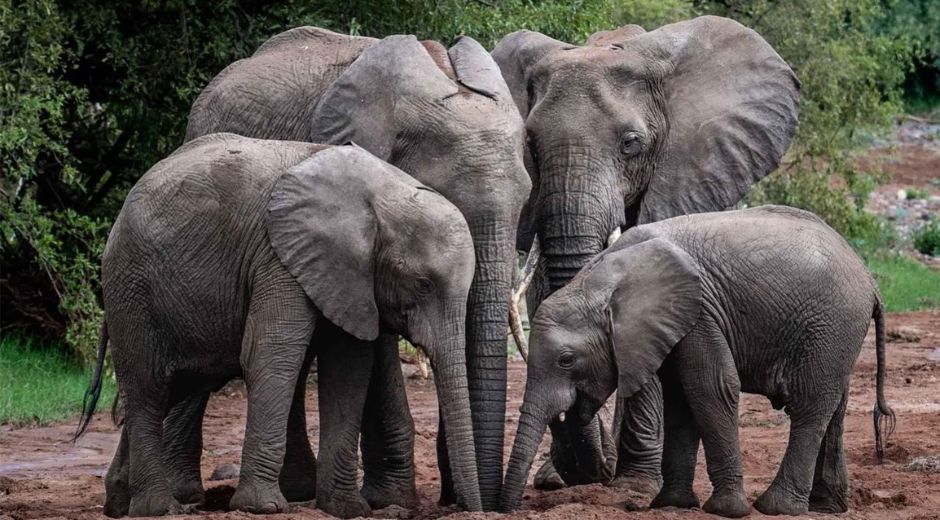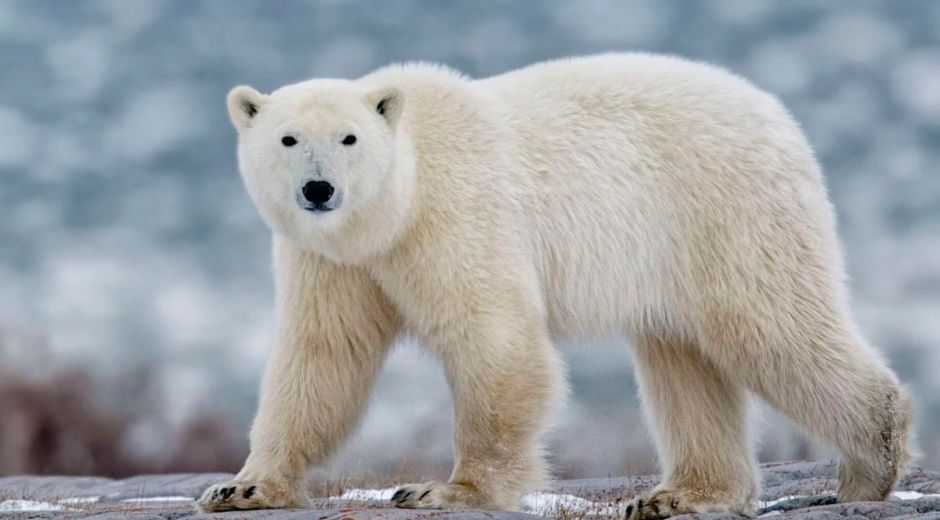Desert Survivors: 8 Wildlife Species Thriving in the Sands
Desert Survivors: 8 Wildlife Species Thriving in the Sands
The desert is often imagined as an endless expanse of sand, heat, and sparse vegetation. Yet, life persists in this arid landscape, with a variety of wildlife species uniquely adapted to survive extreme conditions. From tiny insects to large mammals, the desert’s creatures showcase incredible adaptations that allow them to thrive where few others can. Their survival strategies, behaviors, and physical traits reveal a world of resilience, innovation, and ecological balance. Here are eight fascinating species that define wildlife in the desert.
1. Fennec Fox (Vulpes zerda)
The fennec fox is a small nocturnal predator that thrives in the hot dunes. Its oversized ears dissipate heat efficiently, while its fur protects it from cold nights. These foxes hunt insects, rodents, and plants to maintain hydration and energy. They also dig extensive burrows, which provide shelter from daytime heat and predators. Found across northern regions of the desert, fennec foxes illustrate how mammals adapt physically and behaviorally to arid habitats.
2. Dromedary Camel (Camelus dromedarius)
Camels are synonymous with life in the desert. Their humps store fat, which converts to water and energy, allowing them to go days without drinking. Adapted to walk long distances on sand, camels support both humans and other wildlife in arid regions. Their padded feet prevent sinking into soft sand, while their long eyelashes shield eyes from blowing particles. Beyond transportation, camels contribute to local ecosystems by grazing and dispersing seeds, demonstrating their integral role in survival across the dunes.
3. Desert Monitor Lizard (Varanus griseus)
The desert monitor is a large, agile lizard that thrives in arid lands. Its diet includes insects, small mammals, and eggs, and its burrowing behavior helps escape extreme daytime heat. The monitor’s thick, scaly skin reduces water loss and protects it from predators. This species exemplifies how reptiles in the desert balance hunting efficiency with survival strategies in harsh environments.
4. Sidewinder Rattlesnake (Crotalus cerastes)
The sidewinder rattlesnake is known for its distinctive sideways movement, perfectly adapted to navigate loose sand in the dunes. Nocturnal habits help it avoid the daytime heat, and it uses ambush techniques to catch prey efficiently. This snake is a master of camouflage, blending seamlessly with the desert’s sandy tones. For wildlife enthusiasts interested in desert-adapted species, Zoopora offers in-depth insights into survival strategies and habitat dynamics.
5. Saharan Silver Ant (Cataglyphis bombycina)
The Saharan silver ant is one of the toughest insects on Earth, capable of foraging during the hottest part of the day. Its reflective body minimizes heat absorption, allowing it to move swiftly across the arid region in search of food. These ants play a critical role in nutrient cycling, breaking down organic matter and sustaining the ecosystem. Their efficiency and resilience highlight the ingenuity of even the smallest desert dwellers.
6. Arabian Oryx (Oryx leucoryx)
The Arabian oryx is a graceful herbivore adapted to arid lands. It can survive long periods without water, deriving moisture from the plants it consumes. Once extinct in the wild, successful reintroduction programs have restored populations in protected reserves. The oryx demonstrates the delicate balance of life in the desert, where large mammals rely on conservation efforts and sustainable habitats to thrive.
7. Sand Cat (Felis margarita)
The sand cat is a small feline perfectly suited to life in dunes and rocky areas. Its thick fur protects against scorching sand and cold nights, while its nocturnal behavior allows it to hunt rodents, reptiles, and insects safely. Sand cats are skilled hunters, covering large areas in search of prey. Their ability to survive with minimal water intake showcases the remarkable adaptations of mammals in the desert ecosystem.
8. Horned Viper (Cerastes cerastes)
The horned viper is a venomous snake found in sandy dunes and semi-arid lands. Its horn-like scales above the eyes help camouflage it among sand ripples. As an ambush predator, it strikes prey with precision, relying on stealth and patience. Horned vipers illustrate how desert predators evolve to handle scarcity and extreme environmental pressures.
Conclusion
The wildlife of this arid region is a testament to resilience, ingenuity, and ecological balance. From the tiny silver ant to the majestic Arabian oryx, each species has developed unique strategies to survive heat, scarcity, and predation. The dunes, rocky hills, and sparse vegetation of the desert create a dynamic habitat where every creature has a role to play. These species exemplify the intricate web of survival in arid lands, where adaptation is not just a trait but a necessity.
For readers fascinated by desert ecosystems, wildlife adaptations, and conservation, explore more in-depth stories and studies on BioNatureVista, where biodiversity, survival strategies, and habitat preservation in arid regions are explored in detail.
Nature Inspires Every Step

How Tundra Wildlife Survives Extreme Arctic Conditions
How Tundra Wildlife Survives Extreme Arctic Conditions

Life Above the Trees: Exploring the Rainforest Canopy
Life Above the Trees: Exploring the Rainforest Canopy





